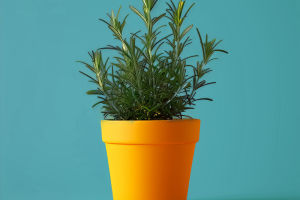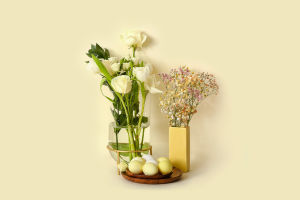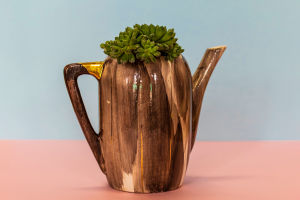Potted plants are a fun and creative activity that not only beautifies living spaces but also allows people to connect intimately with nature.
In this article, we will explore suitable types of potted plants, basic care knowledge, and the unique history of potted plants in different cultures.
1. Suitable Types of Plants
When choosing potted plants, there are many suitable options. First, succulents are popular due to their drought resistance and unique appearance. Plants like aloe vera, snake plant, and echeveria are excellent choices for beginners, as they require minimal water and grow slowly, making them easy to maintain.
Next, indoor foliage plants are also great options. For example, ivy, peace lily, and spider plant not only purify the air but also add vitality to indoor environments. These plants thrive in low-light conditions, making them perfect for homes and offices.
For those who enjoy flowering plants, selecting varieties like African violets, geraniums, and petunias is also a good idea. Their vibrant flowers can enliven any space with color and energy. However, these plants typically require more sunlight and careful care, making them suitable for those with some gardening experience.
2. Care Knowledge
Successful potted plant care relies on understanding each plant's growth needs. First, watering is one of the most basic care tasks. Overwatering is one of the main reasons plants die, especially for succulents.
Therefore, it is crucial to understand each plant's moisture requirements. Generally, water when the soil surface is dry, ensuring that the roots receive adequate moisture without becoming waterlogged.
Fertilization is also an important aspect of plant growth. Each plant has different nutrient needs, and a balanced liquid fertilizer can typically be used once a month or slow-release fertilizers can be applied during the growing season. It is important to note that over-fertilization can harm plants, so adjustments should be made according to the plant's growth condition.
3. Culture and History
Potted plants have a long history and rich cultural connotations worldwide.
In Japan, bonsai is a traditional art form that embodies the philosophy of harmonious coexistence between humans and nature. Japanese bonsai art emphasizes the natural beauty of plants and the harmony of space, often utilizing pruning and styling techniques to present unique landscapes.
In Western countries, especially in the United States and Europe, potted indoor plants and flowers have become increasingly popular. People are becoming more aware of the importance of greenery in living environments.
4. The Joy of Creation
Whether you choose simple succulents or flowering plants, creating potted plants is a fun and rewarding process. You can start by selecting plants that are suitable for your living environment, picking an aesthetically pleasing pot, and then preparing the soil to ensure good drainage.
During the planting process, pay attention to providing sufficient sunlight and adequate moisture for the plants, observe their growth changes, and prune and fertilize them in a timely manner. Creating potted plants not only allows you to enjoy interacting with the plants but also helps reduce stress and improve your quality of life.
In conclusion, potted plants are not just decorations but also an integral part of life. By understanding suitable plant types, basic care knowledge, and rich cultural history, you can find your passion in this process and experience the beauty of nature by creating potted plants with your own hands!


